Part 8: From Blocks to Brilliance – How Transformers Became Large Language Models (LLMs)
Series: From Sequences to Sentience: Building Blocks of the Transformer Revolution
The Architectural Alchemy Behind GPT, Claude, Gemini, and the Rise of Generative AI
Introduction: The Age of Transformers
Since the groundbreaking 2017 paper "Attention is All You Need" by Vaswani et al., the Transformer architecture has become the backbone of nearly all state-of-the-art models in natural language processing (NLP), vision, biology, code generation, and beyond. The most remarkable evolution, however, is the emergence of Large Language Models (LLMs)—GPT-3, GPT-4, Claude, Gemini, LLaMA, and others—capable of generating coherent, context-rich, human-like responses. This final chapter, the eighth in our series, connects the dots from RNNs to LLMs, revealing how each building block contributed to this revolution.
Recap: The Essential Building Blocks
Let’s revisit the core components covered in this series and their roles in Transformers:
| Part | Component | Role in Transformers |
| 1 | RNNs | Sequential baseline, inspiration for language modeling |
| 2 | LSTMs | Improved memory retention for long-term dependencies |
| 3 | Word Embeddings | Dense vector representation of words |
| 4 | Encoders | Understand entire sequences (used in BERT, T5) |
| 5 | Decoders | Generate sequences token by token (used in GPT) |
| 6 | Self-Attention | Relate every word to every other word in a sentence |
| 7 | Parallel Processing | Scale computation across entire sequences and hardware |
These elements form the recipe that transformed Transformers into LLMs.
What Is an LLM?
A Large Language Model is a Transformer-based model trained on massive text corpora—books, websites, forums, codebases, and more—to perform tasks such as:
- Predicting the next word in a sequence (language modeling).
- Answering questions.
- Summarizing, translating, inferring, reasoning, and writing.
LLMs don’t "know" facts in a human sense; they generate responses based on statistical patterns learned from data, refined by scale and technique.
How Transformers Evolved into LLMs
1. Scale: The Secret Sauce
Transformers became "large" through three key dimensions:
- Data: Billions of tokens from sources like Common Crawl, Wikipedia, Reddit, and GitHub.
- Parameters: GPT-3 with 175 billion, PaLM 2 with 540 billion, and GPT-4 with an undisclosed but massive count.
- Compute: Thousands of GPUs or TPUs, trained over weeks or months.
Scaling laws, pioneered by OpenAI and others, demonstrated that larger models with more data generalize better—up to a point where performance plateaus, guiding efficient resource allocation.
2. Architecture Choices
LLMs typically adopt a decoder-only Transformer (e.g., GPT) because:
- It’s autoregressive, predicting one token at a time.
- It’s trained on next-token prediction: ( P(\text{token}_t | \text{token}1, ..., \text{token}{t-1}) ).
- It scales efficiently for generation tasks.
In contrast:
- Encoder-only models (e.g., BERT) excel at classification.
- Encoder-decoder models (e.g., T5, BART) shine in translation and summarization.
Decoder-only models are prediction engines, driving generative AI.
3. Self-Supervised Learning
LLMs use self-supervised learning, requiring no human-labeled data:
- Objective: Next Token Prediction.
- Example: Input "The Eiffel Tower is in ___", Target "Paris".
- Learned Patterns:
- Grammar and syntax.
- Factual knowledge (to an extent).
- Reasoning patterns.
- Style, tone, and cultural references.
This unsupervised approach leverages vast, unlabeled text.
4. Embeddings → Attention → Feedforward
The high-level flow is:
- Tokenized Input → Positional + Word Embeddings →
- Multiple Decoder Blocks:
- [Masked Self-Attention → Layer Normalization → Feedforward → Layer Normalization]
- Output Logits → Softmax → Predicted Token.
- All tokens are processed in parallel during training; during decoding, each step predicts the next word using prior context.
5. Reinforcement Learning from Human Feedback (RLHF)
Models like ChatGPT go beyond pretraining with RLHF:
- Fine-tuned using human feedback to:
- Reduce toxicity.
- Improve instruction-following.
- Align responses with user intent.
- This step enhances safety, helpfulness, and interactivity.
LLM Capabilities – Enabled by Transformer Properties
| Capability | Enabled By |
| Long-range coherence | Self-attention |
| Fluency & contextuality | Large training data + embeddings |
| Speed | Parallel processing |
| Memory of earlier input | Causal masking + positional encoding |
| Style mimicry | Token-level generation + scale |
| Reasoning | Pattern abstraction from huge data |
These capabilities stem directly from Transformer innovations.
Example: Prompt Completion (GPT-3-style)
Prompt:
"Once upon a time in a village nestled at the foot of the Alps…"
LLM Prediction:
"…there lived a quiet girl with a secret. Every full moon, she would…"
- Process: Generated token-by-token, each informed by:
- Previous tokens ("Once," "upon," etc.).
- Attention to all prior context via self-attention.
- Layered abstractions from decoder blocks.
- Explanation: The model leverages embeddings for word meaning, self-attention for context, and parallel processing for efficiency, producing a coherent narrative.
How LLMs Differ From Earlier Models
| Feature | RNNs / LSTMs | Transformers / LLMs |
| Sequence processing | Sequential | Parallel |
| Attention | Limited / none | Full self-attention |
| Scaling | Hard (vanishing gradient) | Natural fit for GPUs/TPUs |
| Memory | Short-term | Long-range attention |
| Training Data | Millions of tokens | Billions of tokens |
| Output Fluency | Inconsistent | High-quality human-like output |
This evolution marks a leap from rudimentary to advanced language systems.
Why Transformers Were the Perfect LLM Foundation
- Scalable: Handles vast data and parameters.
- Flexible: Supports multiple modalities (text, images, etc.).
- Strong Inductive Biases: Positional encoding and attention guide learning.
- Parallel-Friendly: Maximizes hardware efficiency.
- Amenable to Pretraining and Fine-Tuning: Adapts to diverse tasks.
Transformers weren’t just an improvement—they were the first architecture to scale predictably with data and compute, unlocking general language understanding and generation.
What’s Next After LLMs?
- Multimodal Models: E.g., GPT-4 with images, Gemini with video/audio.
- Smaller, Faster Models: Distilled LLMs, LoRA fine-tuning.
- Agentic LLMs: Models that plan, reason, and act.
- Open-Weight Models: Mistral, LLaMA, Falcon democratize access.
- Alignment Research: Enhancing safety and reducing bias.
The future promises even broader applications.
In Closing: From Tokens to Thought
From RNNs that struggled to remember a few words…
To Transformers that attend globally and generate coherently…
To LLMs that summarize books, write poetry, and pass bar exams…
It all began with a deceptively simple idea: "Attention is all you need." This series has traced that journey, celebrating the architectural alchemy that turned sequences into sentience.
Featured Blogs
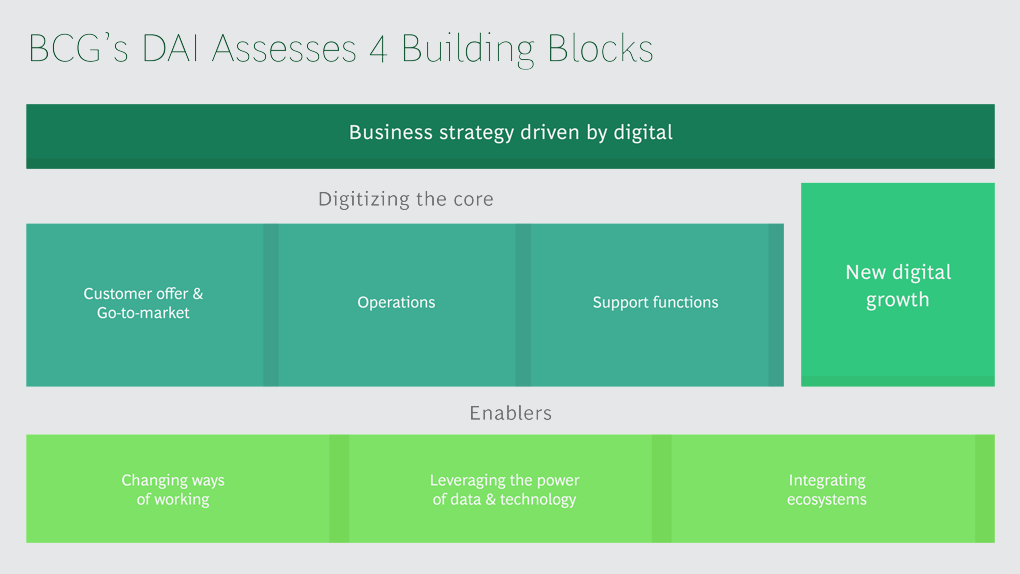
BCG Digital Acceleration Index
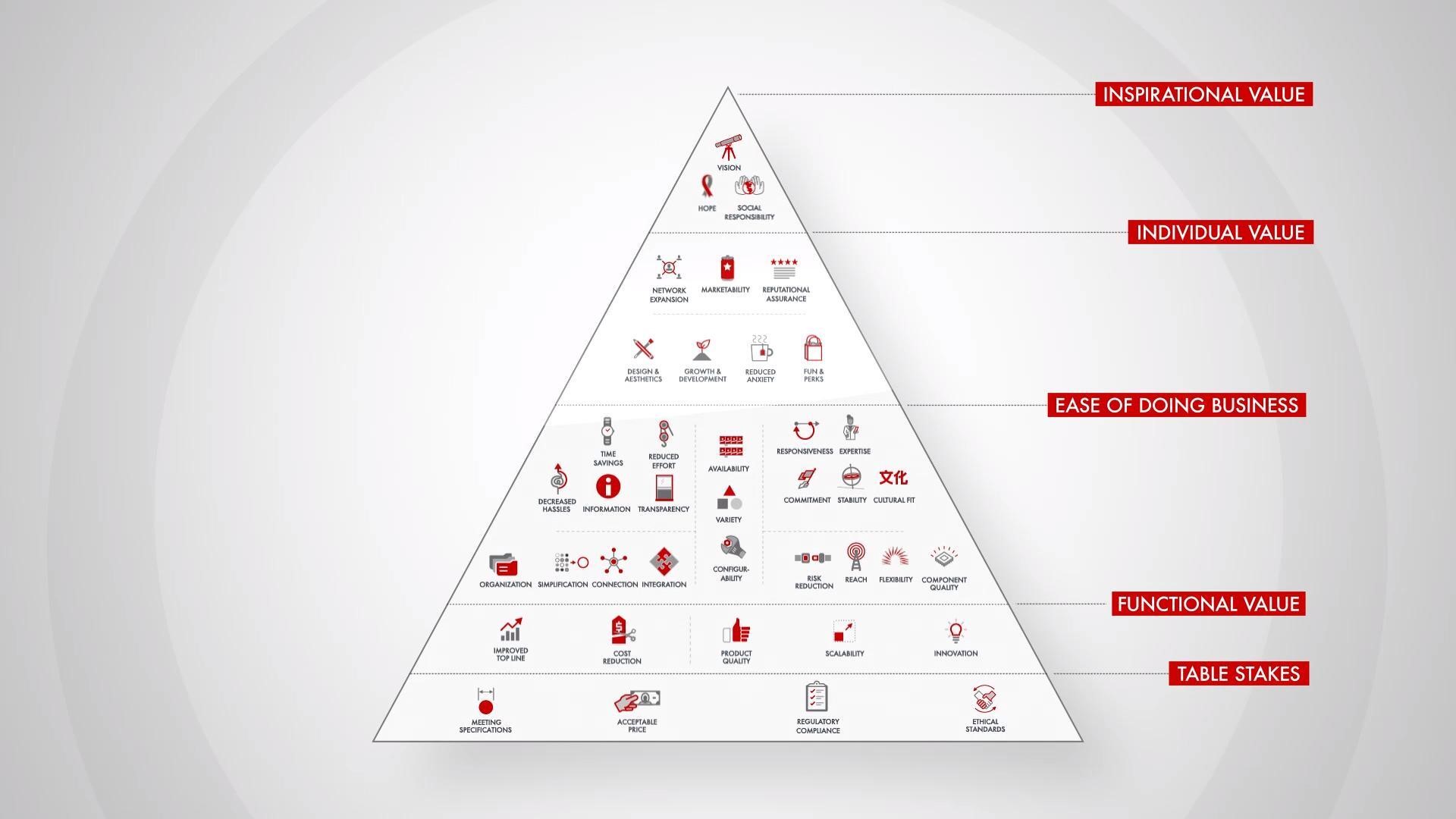
Bain’s Elements of Value Framework
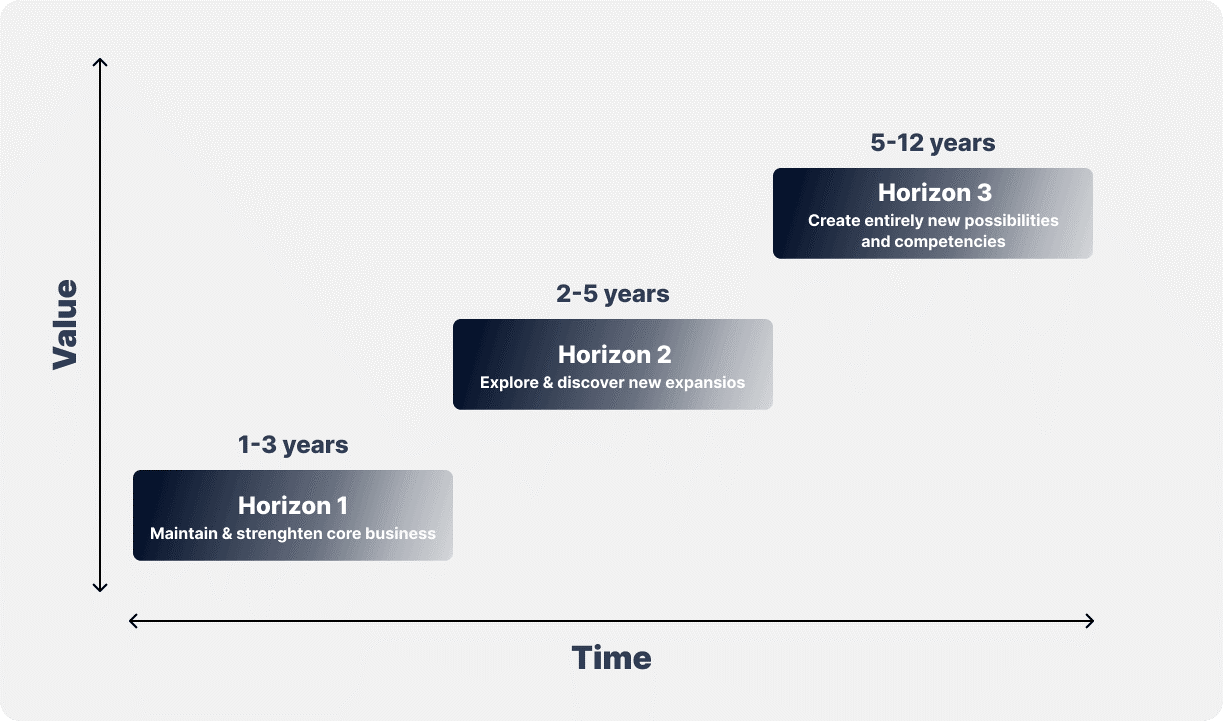
McKinsey Growth Pyramid
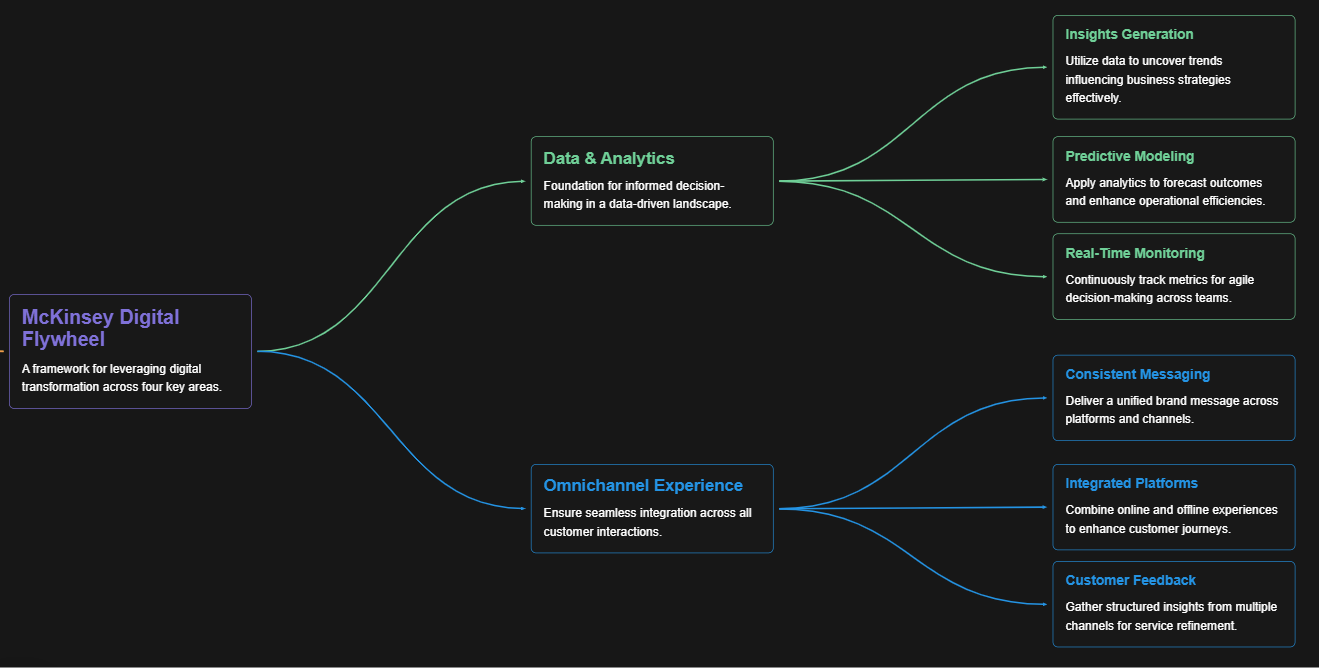
McKinsey Digital Flywheel
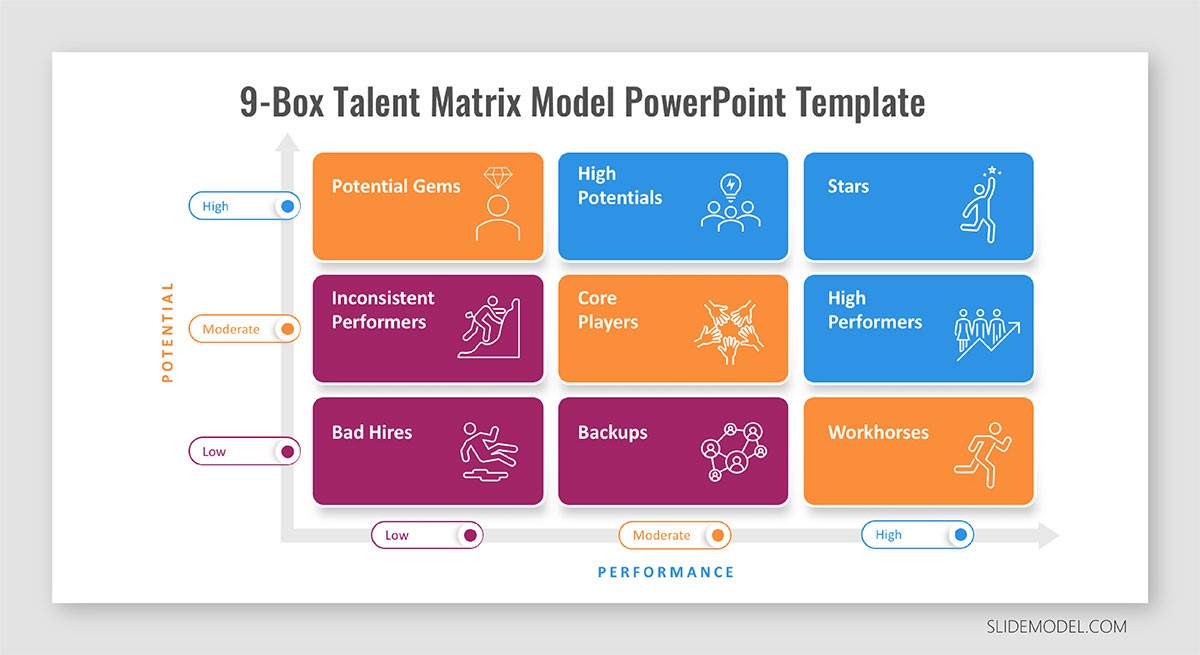
McKinsey 9-Box Talent Matrix
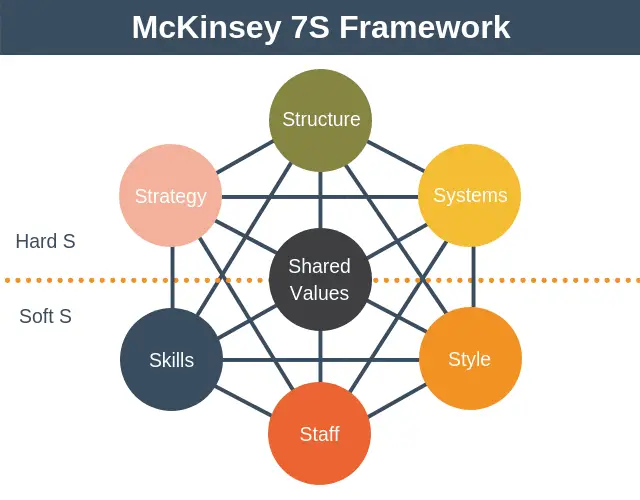
McKinsey 7S Framework
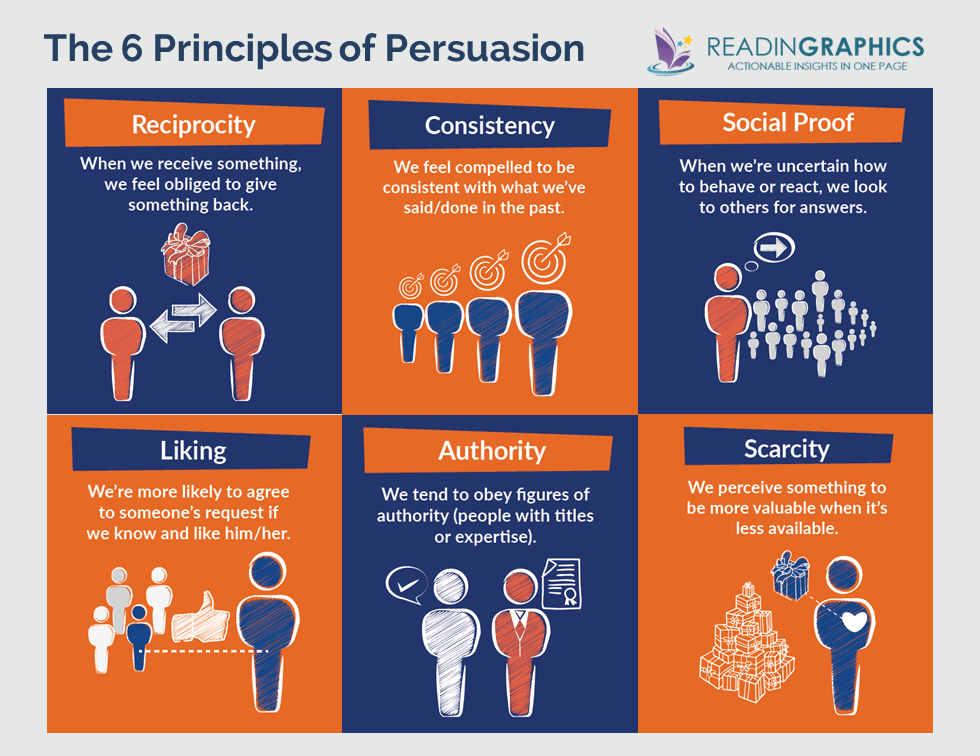
The Psychology of Persuasion in Marketing
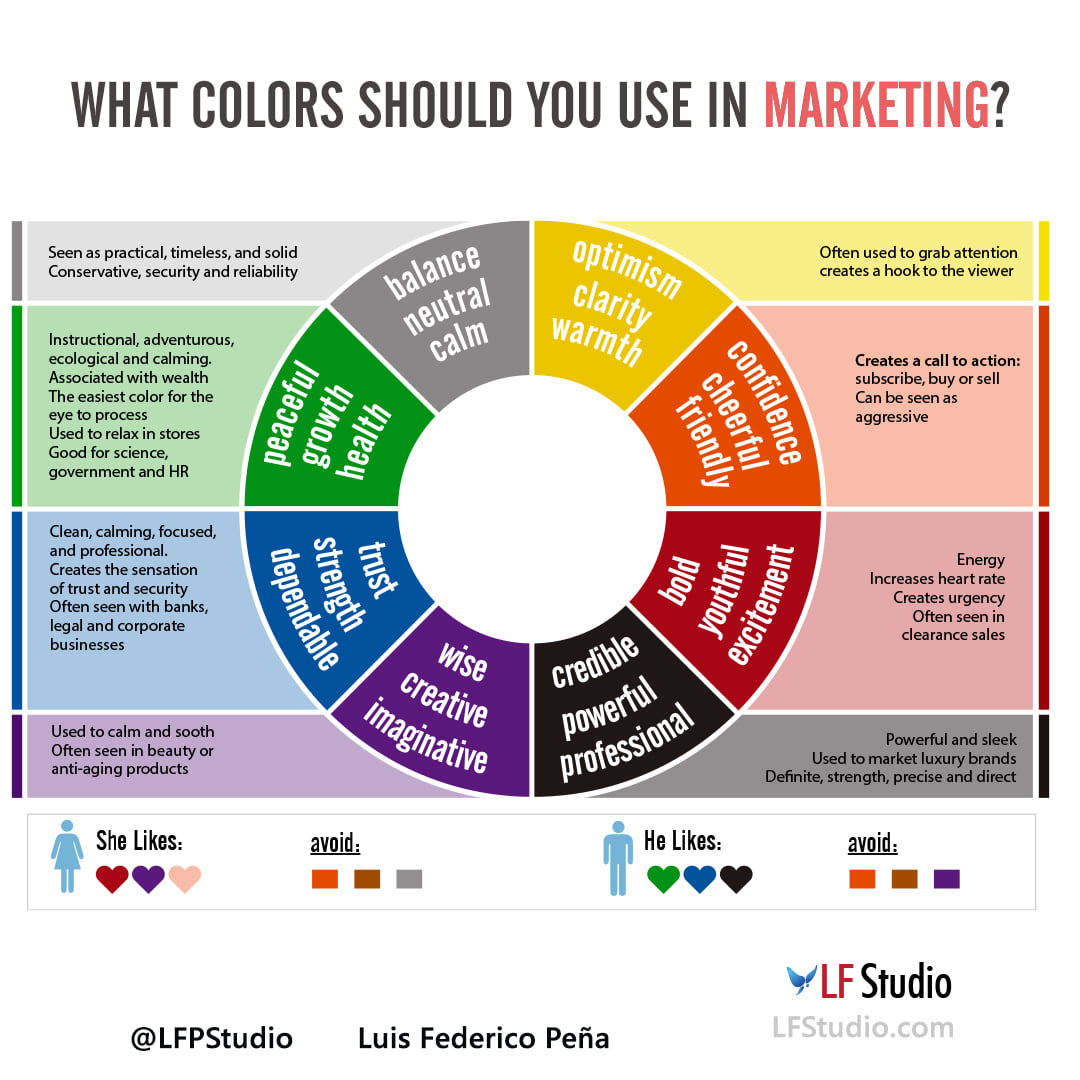
The Influence of Colors on Branding and Marketing Psychology

What is Marketing?
Recent Blogs
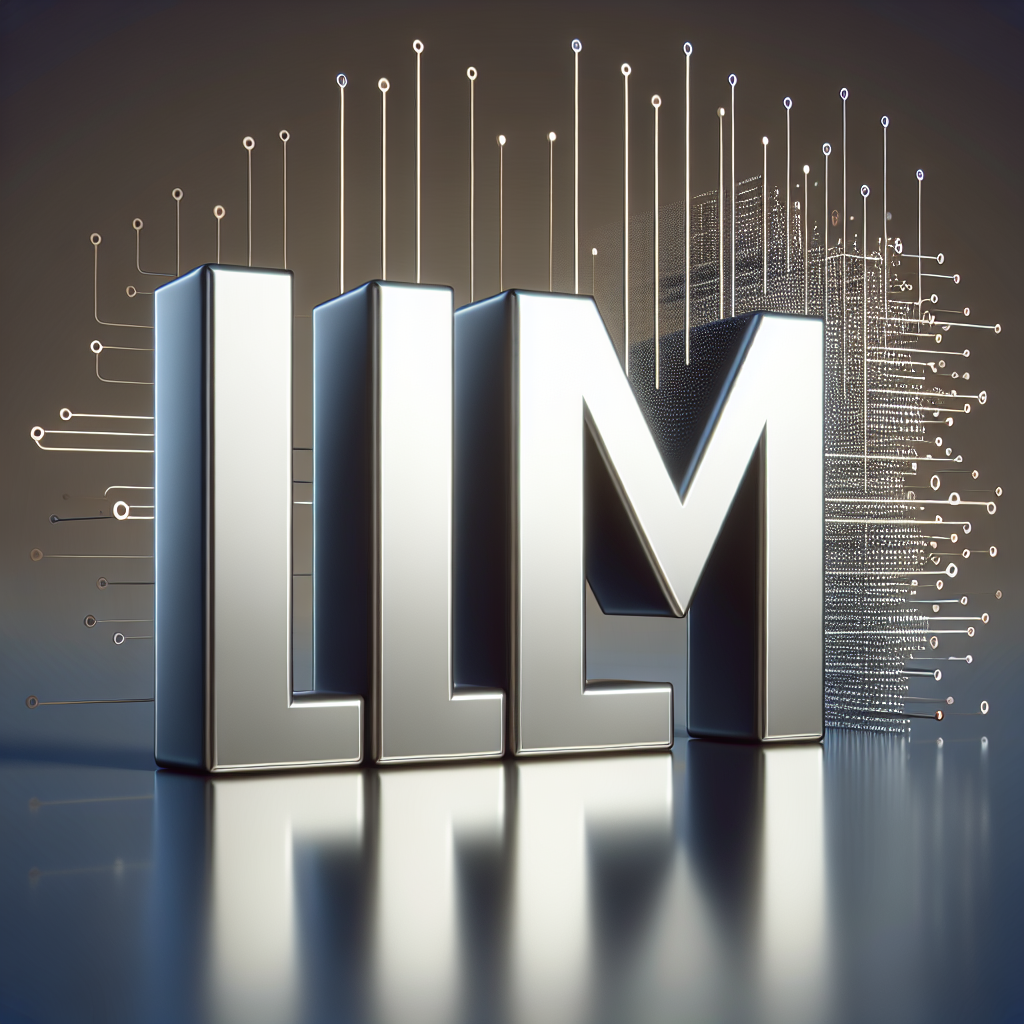
Part 8: From Blocks to Brilliance – How Transformers Became Large Language Models (LLMs) of the series - From Sequences to Sentience: Building Blocks of the Transformer Revolution
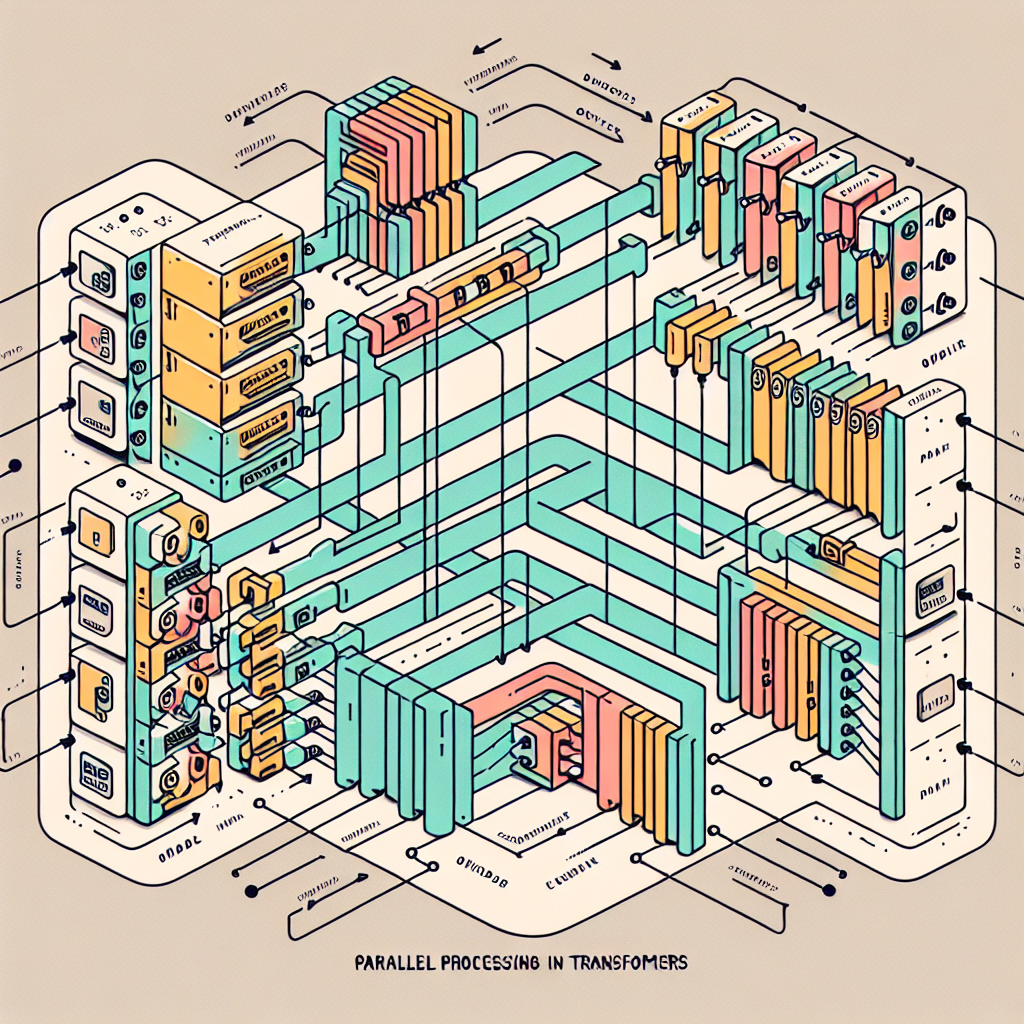
Part 7: The Power of Now – Parallel Processing in Transformers of the series - From Sequences to Sentience: Building Blocks of the Transformer Revolution
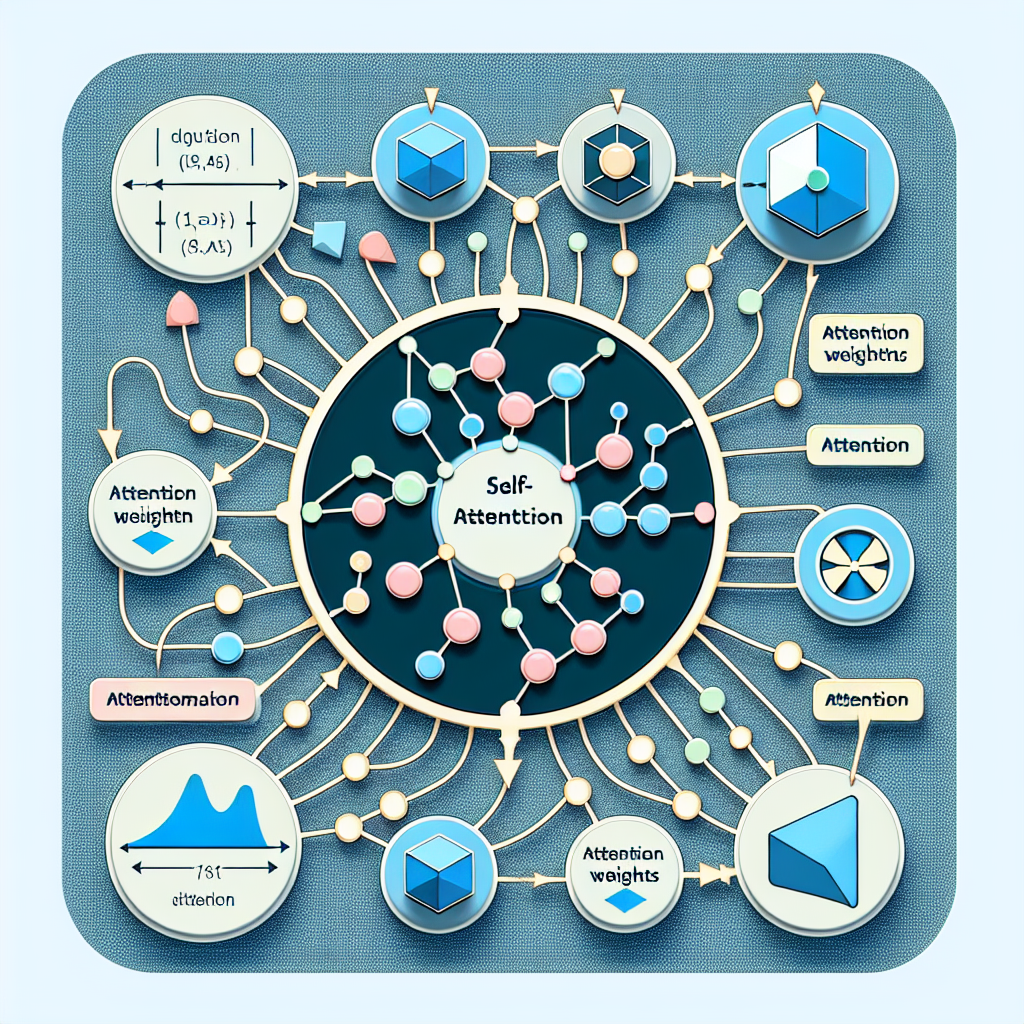
Part 6: The Eyes of the Model – Self-Attention of the series - From Sequences to Sentience: Building Blocks of the Transformer Revolution
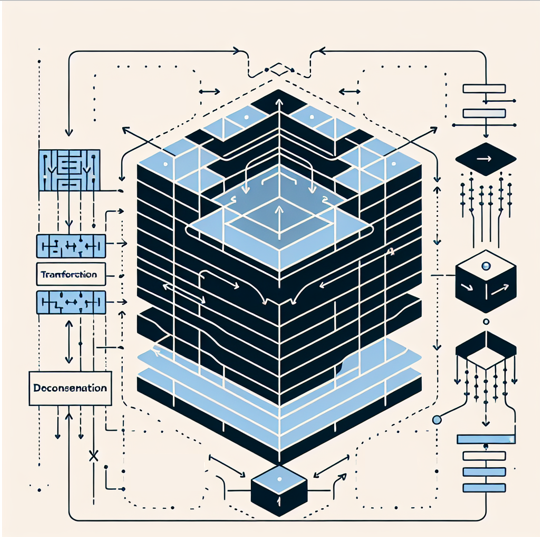
Part 5: The Generator – Transformer Decoders of the series - From Sequences to Sentience: Building Blocks of the Transformer Revolution
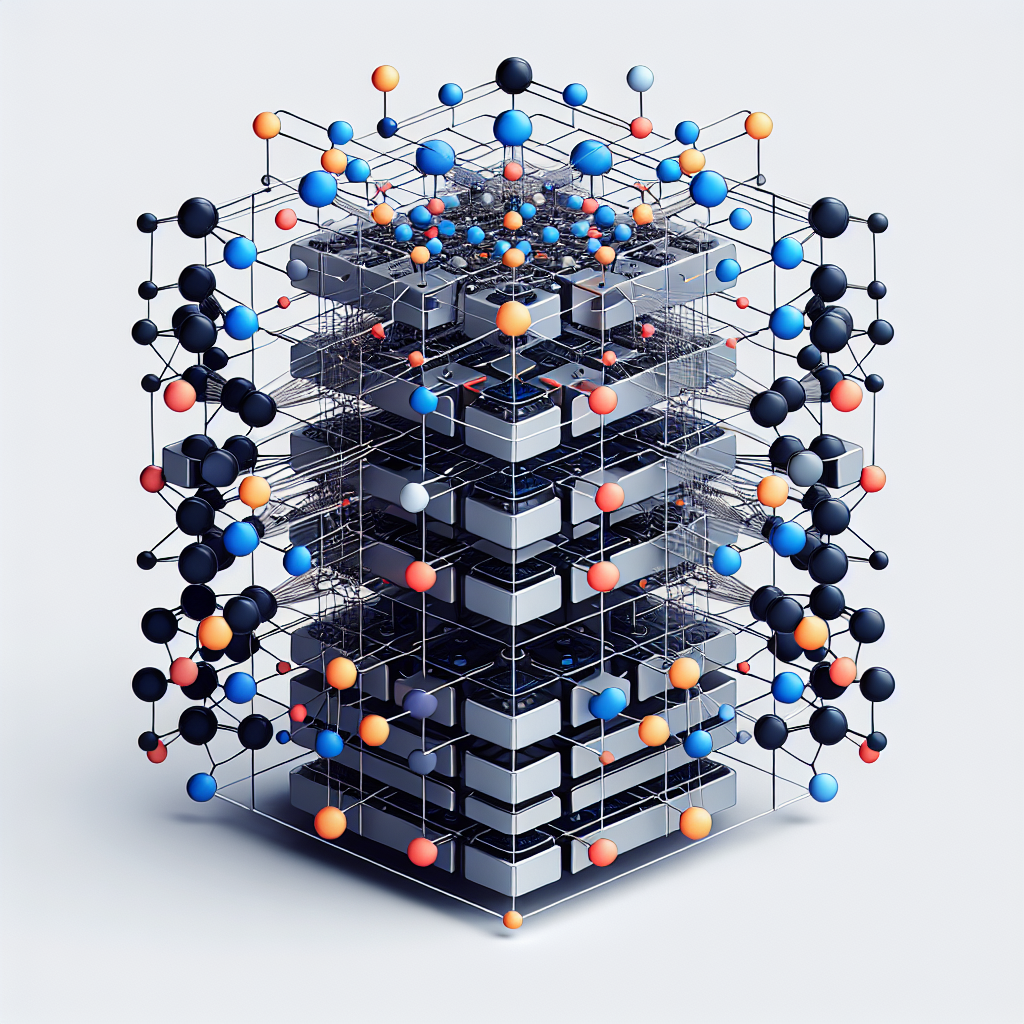
Part 4: The Comprehender – Transformer Encoders of the series - From Sequences to Sentience: Building Blocks of the Transformer Revolution of the series - From Sequences to Sentience: Building Blocks of the Transformer Revolution

